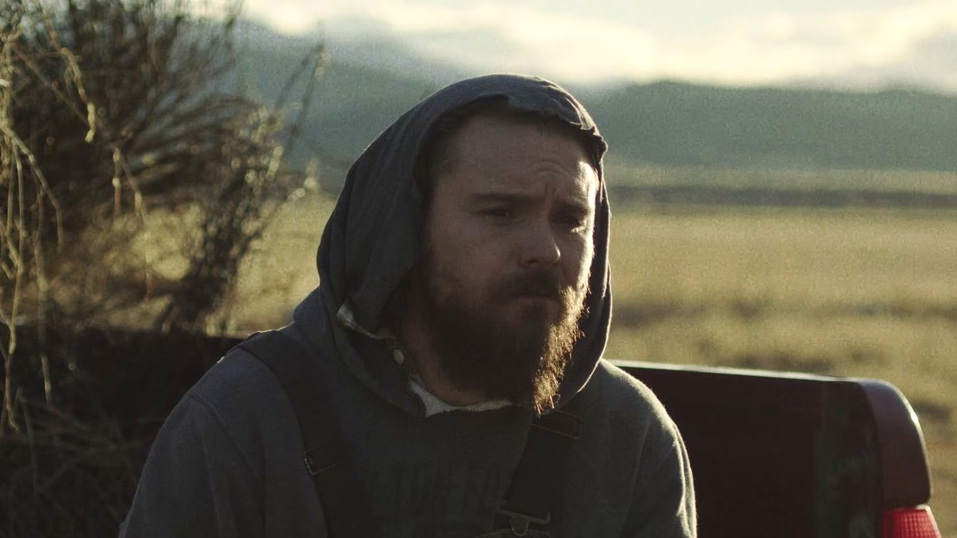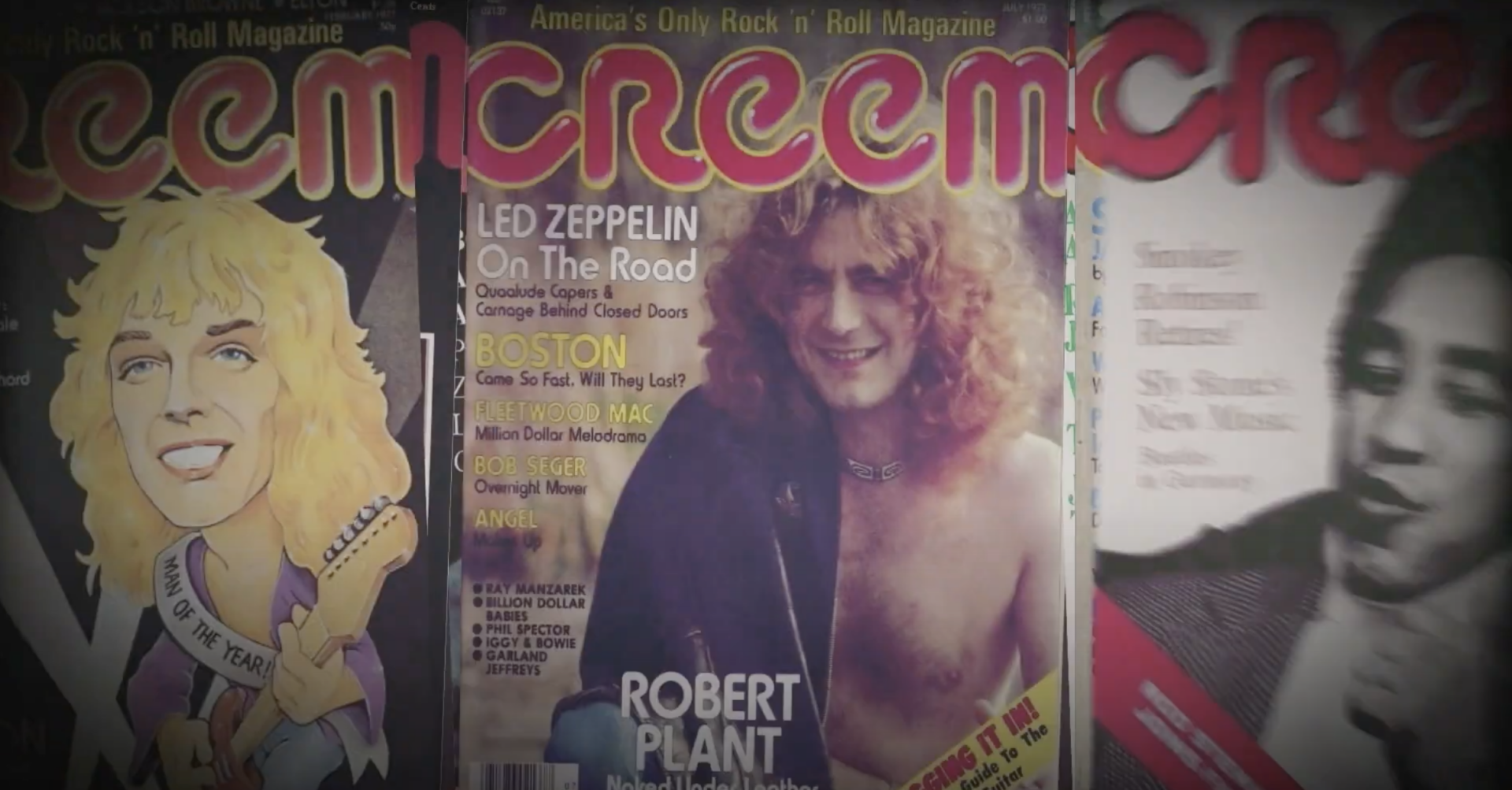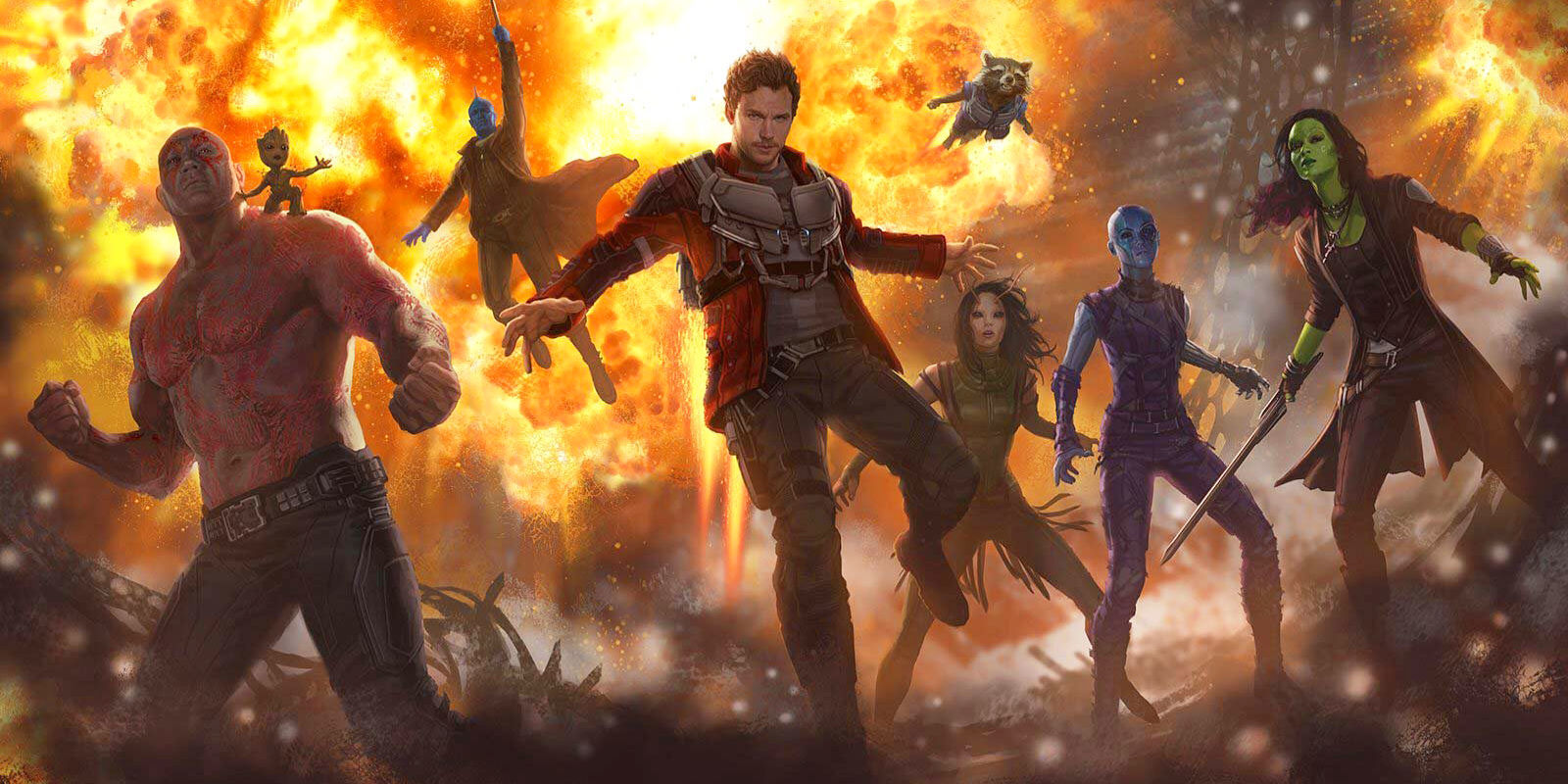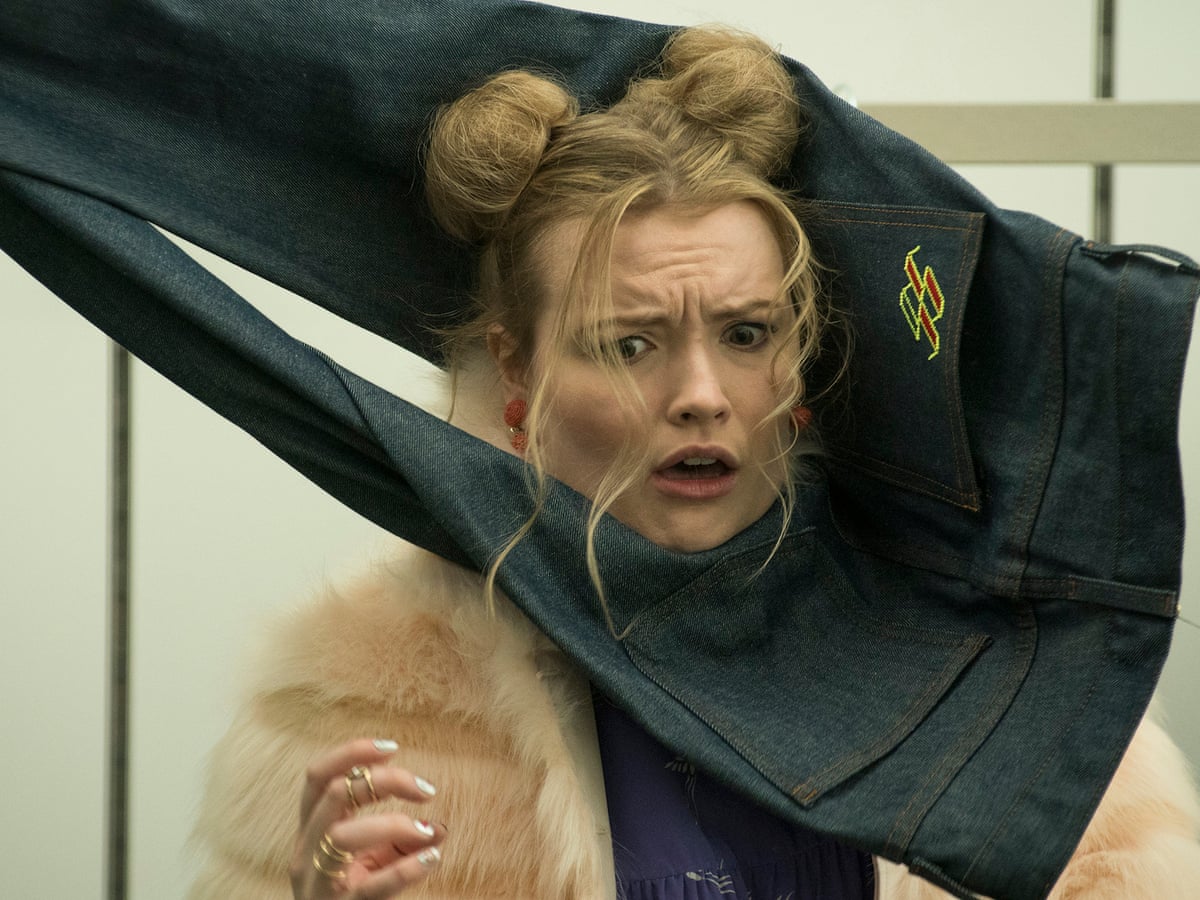One can argue that the hardest part about a potential breakup is the separation. The in-between space of things working out or not at all. How do you act? How do you try to connect with the person whom you thought you were going to spend the rest of your life with? Do you hold them closely or allow for some space, knowing there’s potential for somebody else to swoop in? David (Clayne Crawford) and Nikki (Sepideh Moafi) have been together since high school and start a family of four children (three pre-teen sons and one teen daughter). Somewhere along the way, their problems got the best of them, and they decided to separate. With an added rule that they could see other people while working on things.
The opening scene of The Killing of Two Lovers seems very on the nose of the title. David stands with a gun drawn in his bedroom while Nikki sleeps with her new boyfriend, Derek (Chris Coy). It’s an uncomfortable atmosphere chronicling a man who is past the threshold of heartache. While no murder occurs, the film is a dissection of a man in a constant state of emotional uneasiness. Not only is there a relationship on the line, but there’s also a family unit. The rural and almost empty Utah landscape lends itself to obsessive overthinking. Does David fight to hold on to what he has left or pull back to make a life for himself?
Writer/director Robert Machoian spends a lot of The Killing from David’s point of view. He temporarily lives with his father and does odd jobs to keep himself busy. He and Nikki have a child visitation agreement to which she says things alluding to an end. Only adding to David’s anxiety. While his young boys are taking things in stride, his daughter Jess (Avery Pizzuto) is anything but ok. In an impassioned talk, she urges him to fight for the family. There lies the conundrum of David trying to be more assertive in a situation he agreed to, but doesn’t want. Machoian allows for the film to have spaces where conversations or contemplation happens naturally. For example, when David gets upset, he may go for a long drive. The scene keeps rolling as if you’ve in the car with him waiting for his internal emotions to explode. If there’s music, it sounds like gears or machinery breaking apart – as a metaphorical appendage to what is going on in their relationship.
This film does a lot of things from a visual standpoint to make the audience feel like a third party. When David and Nikki have a heated argument outside, cinematographer Oscar Ignacio Jimenez places things in an ultra-wide composition. Especially when there are two or more people on screen out in the open. When The Killing of Two Lovers settles into more intimate settings where hard discussions happen, the camera focuses on the speaker only. It’s not to say that there’s a particular villain in this movie. Machoian could have easily leaned into making Nikki a less than sympathetic character. However, the film goes to show that they do care about each other. The problem lies in the growth of people and sometimes; you grow out of them.
Clayne Crawford intriguingly portrays a man who is wrestling with his own self of self-worth. He’s able to have fun moments with his three boys (Arri, Ezra and Jonah Graham) and in the next scene, spiral into an abyss of sadness alone in his truck. It’s very apparent that he cares for his estranged wife and children, but it’s also heartbreaking that one of those aspects may no longer love him in the same way. Thus, the film confronts the often tumultuous feeling of the chances you take for love. You can love a person unconditionally, but it’s still a risk of vulnerability that only gets harder as you build a family unit.
The Killing of Two Lovers is a fictional instance of a couple trying to figure out what their ideal relationship looks like to their adult selves. In saying that, a lot of the events, conversations, and decisions mirror real-life situations. Rather than focus on one aspect, Machoian chooses to artistically and methodically illustrate people who are trying to glue a broken foundation back together.
Photo Credit: Neon Pictures













